‘Old meets new’: it’s a phrase we hear a lot when it comes to heritage-filled cities and attractions. It alludes to that mix of modern developments alongside historical sites, each enhancing the other. In this realm, Xi’an wins – by a lot.
Here you have China’s ancient capital, with a history stretching to the Zhou dynasty (11th century BC) and its famed Ming dynasty (14th-century) city walls well intact. At the same time, you have rooftop cinemas set up amid live music bars, jazz haunts, hip cafes and bookshops at the foot of the fortifications. Talk about contrast.
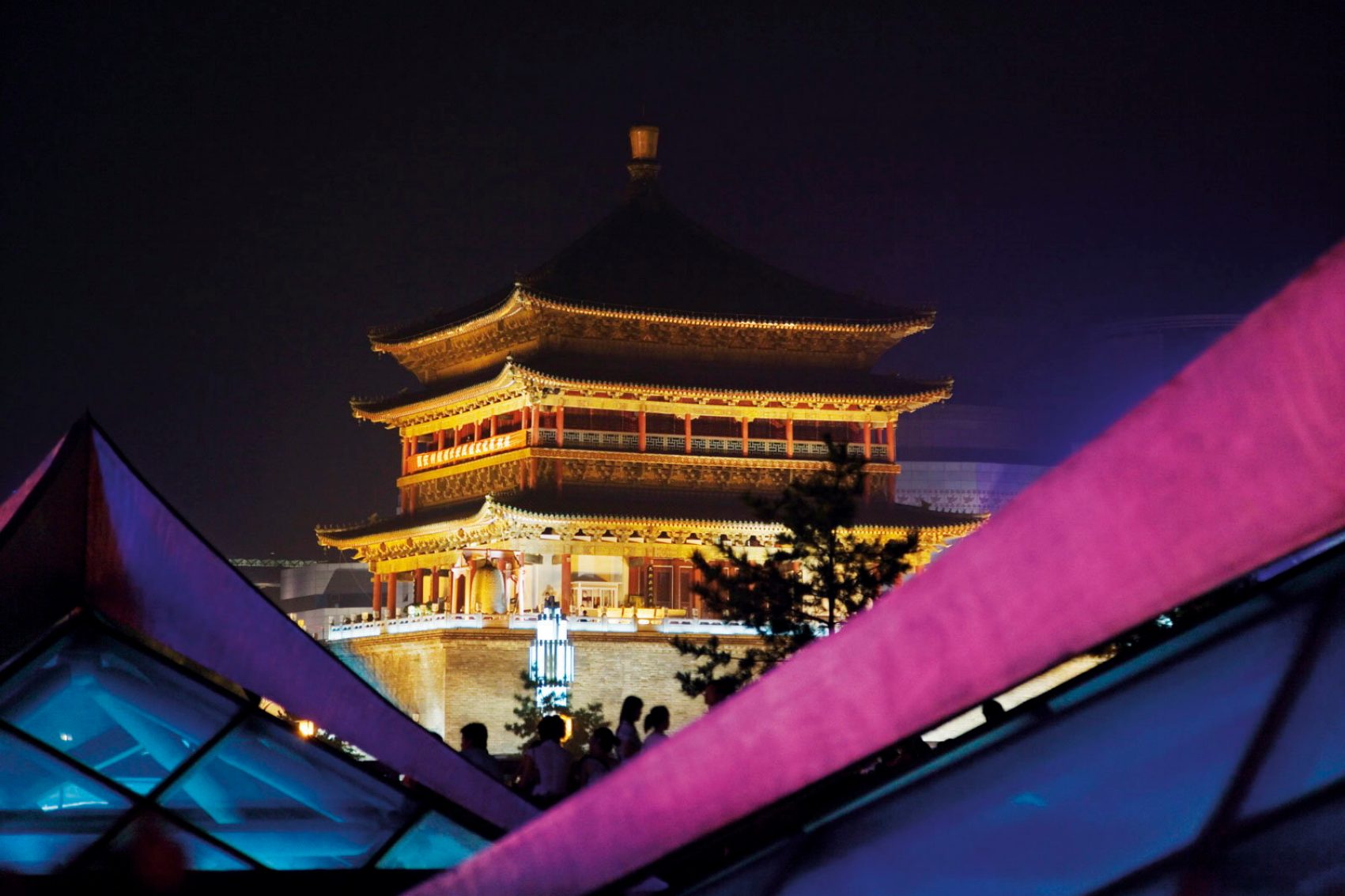
Credit: Keren Su / China Span / Getty Images
Around the world, people know Xi’an for its Terracotta Army – a collection of relics in the emperor Qin Shi Huang’s tomb, discovered in 1974. The first emperor of China, he created and buried this army in the late third century BC for protection in the afterlife. Today, large parts of his final resting place remain unexcavated, as archaeologists fear the damage that would result from further disturbances.
While Qin Shi Huang’s grave is left barely touched, Xi’an, the capital of Shaanxi province in western China, has undergone a massive transformation in the past few years. Development in the city has been swift, and President Xi Jinping being from Shaanxi province has been a driving factor behind its changes. Roads are noticeably cleaner, and two new districts, Qujiang and Gaoxin, have risen.
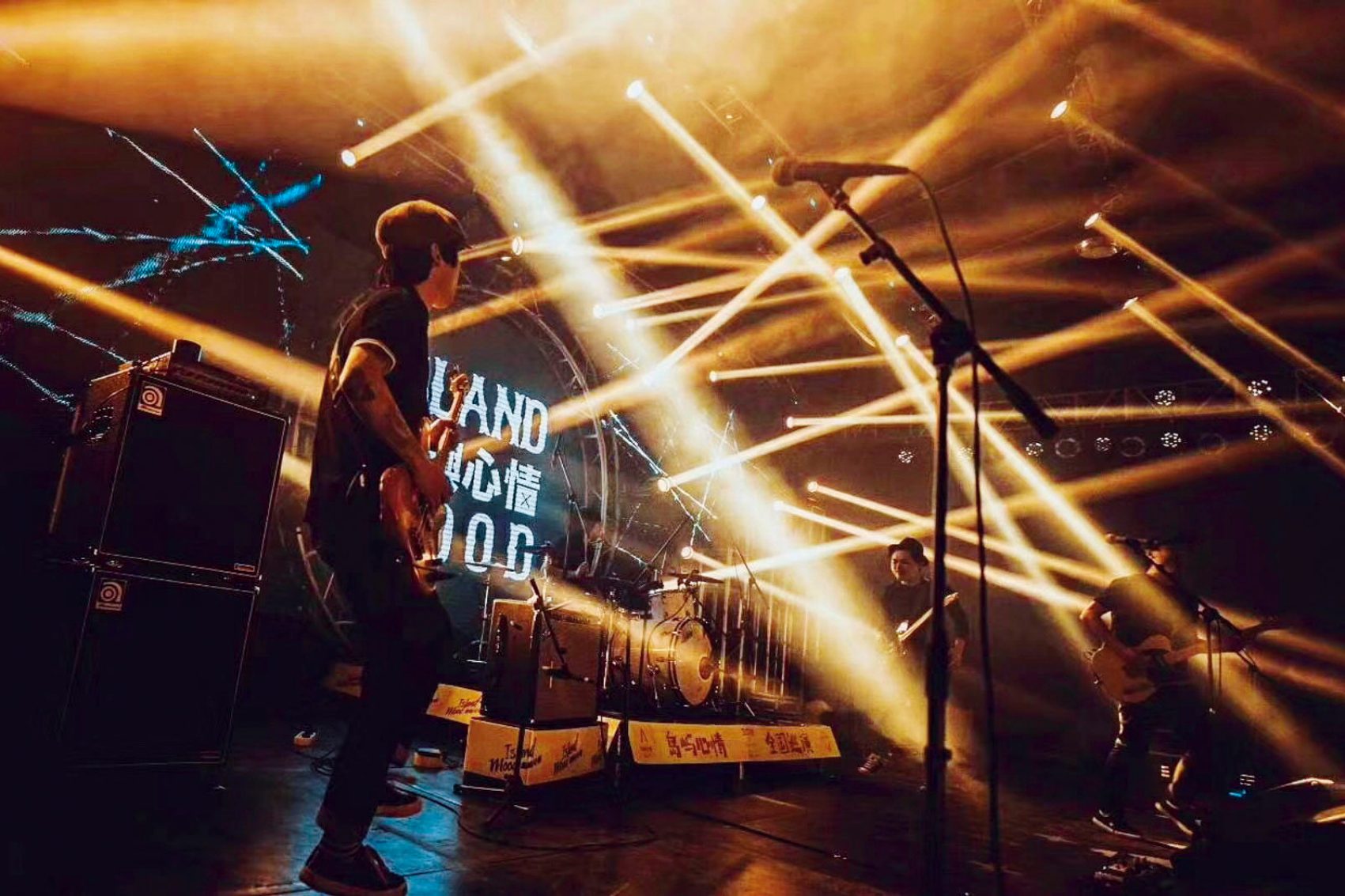
The Great Tang All Day Mall in Qujiang links ancient pagodas to the pedestrian-only avenue lined with hotels, shopping centres, theatres and concert halls. At night, the entire 1.5-kilometre stretch is lit up with light installations and lasers, with countless musicians entertaining the huge crowds at dedicated busking stations. A James Brown lookalike sings, with an erhu player 10 paces away, while statues of China’s cultural heroes look on. It’s not the ancient capital setting I was expecting.

Credit: Imaginechina
The atmosphere is more subdued in Gaoxin. It’s the centre of business and a hub for innovation, with 200 of the Fortune 500 companies having a presence here. "Xi’an has been touted as the starting point of the new Silk Road, and many international corporations use Xi’an as their base due to its central location in the country and its historical significance," says Clair Yuan, director of digital marketing for the Grand Hyatt Xi’an , the towering jewel of the Gaoxin area. The hotel offers traditional Chinese cuisine alongside artisanal pizzas from wood-fired ovens, and art installations can be seen around it. This juxtaposition is an apt reflection of what Xi’an is like today.
Social media has had a remarkable effect on what’s considered hot in Xi’an, as it has in cities around the world. Case in point: Yongxing Fang, a food and shopping area, won attention thanks to a viral video of people drinking bowls of beer before smashing the bowls against a wall. Ever since, tourists from all over have flocked to the square just to destroy these clay bowls. "This is not a part of the Shaanxi tradition, but people do enjoy it, so what are you going to do?" says a blogger known as NPC, who posts about Xi’an happenings on social site Weixin, as he takes me on a tour of his city. "Douyin (a platform for short video clips) really helped put Xi’an on the radar of new audiences. Back in the day people only went to Huimin Street, as there weren’t many places to hang out. The city had an 'old city' reputation. Even though it had a lot of youngsters, there weren’t a lot of places that represented youth."

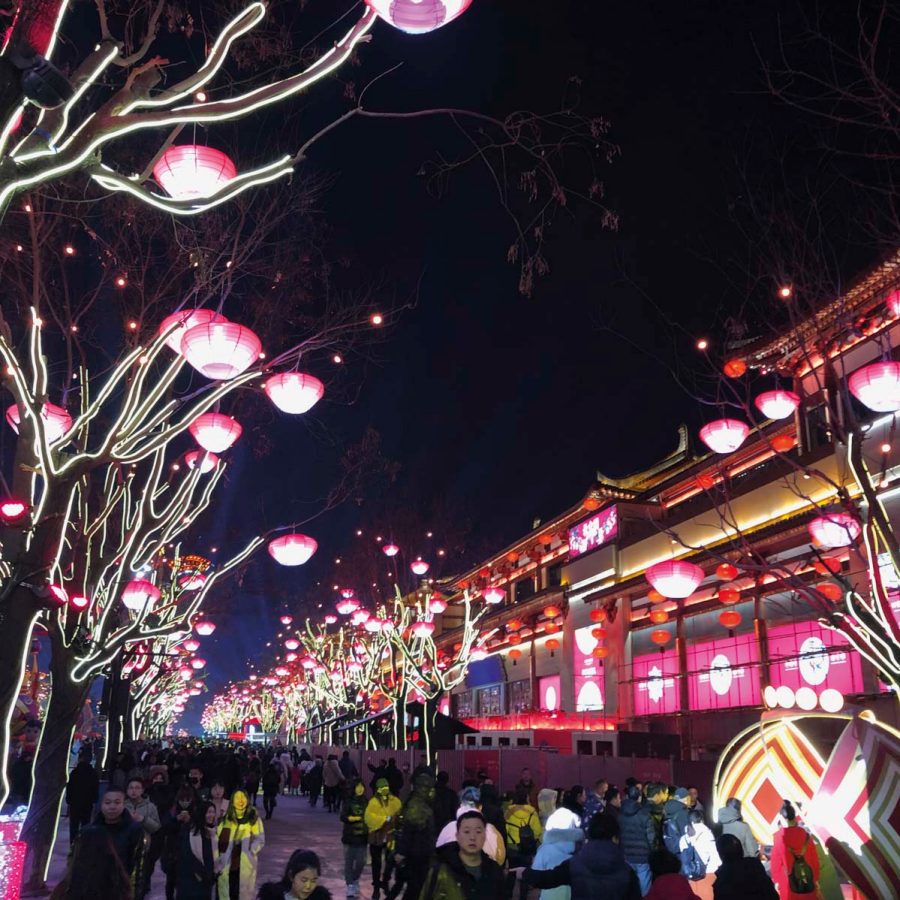
As a major tourist destination, Xi’an has always been open to new trends. "Craft beer has been on the rise for the past few years, and youths are more than willing to try something new," says Jiong Ze, the owner of Wuben Taproom . Along with his wife Xiao Rui, he promotes craft beer culture in the city by taking part in beer festivals.
Meanwhile, STA Food has made its mark by serving traditional noodles with non-traditional ingredients, in a shop that takes its design cues from street style. It’s meeting a demand for greater innovation and depth in the city’s lifestyle offerings. "People are more educated now, and they enjoy tasting something they’ve experienced while travelling," says Ben Ji, owner of Thai spot It’s Thai and several Japanese restaurants around the city.
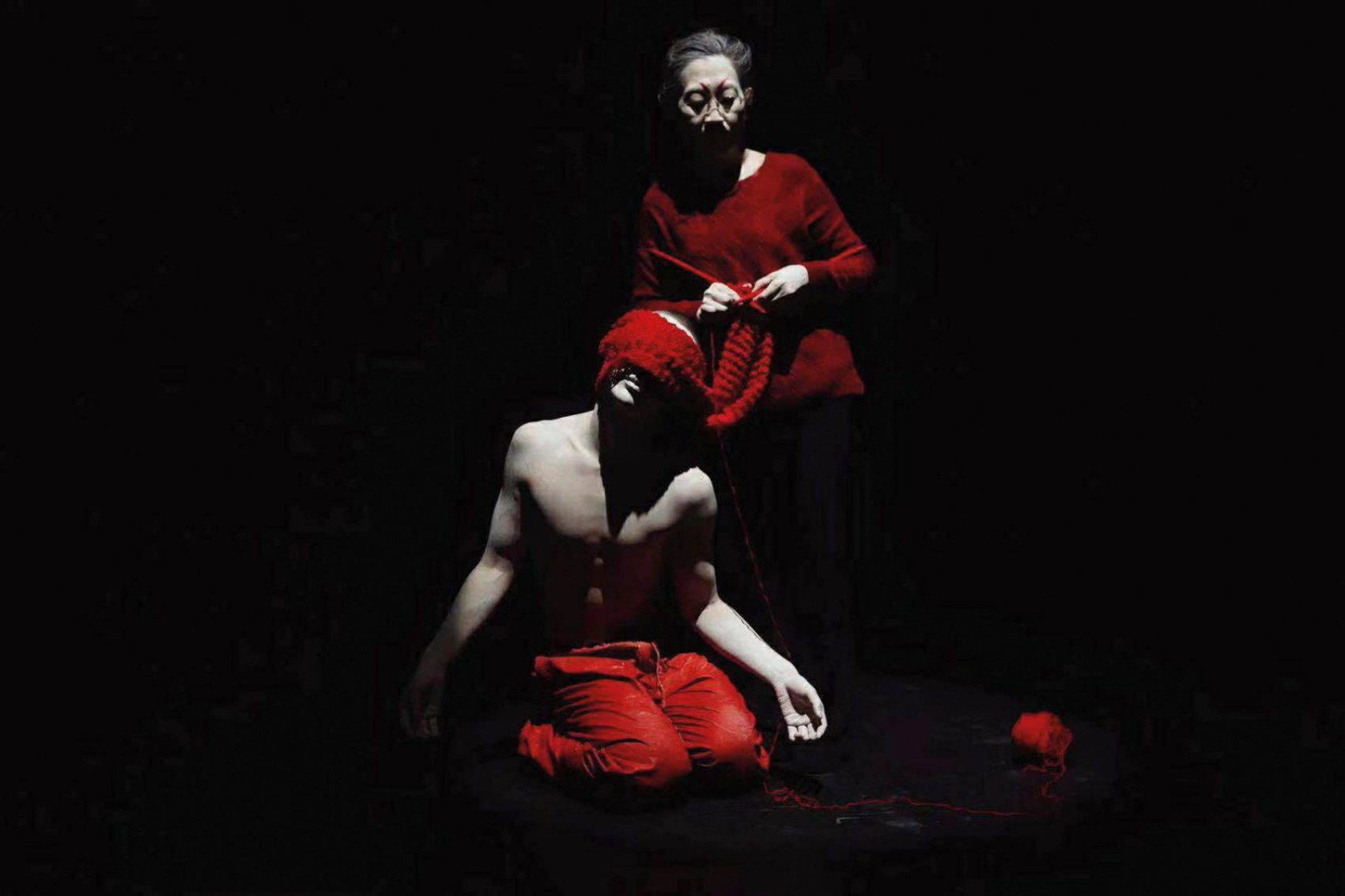
But the most exciting hangout comes in the form of Dahua 1935, a performing arts centre converted from textile mills. Built in, you guessed it, 1935, it was once the biggest cotton mill in Shaanxi province. After the mill went bankrupt in 2008, the government took over and transformed this sprawling complex into a hub of restaurants, art installations and a museum. The Dahua 1935 Livehouse includes spaces for concerts, dance shows and theatre productions. "Not only do we invite international acts to perform in our venues, we also provide a much-needed platform for local artists," says Enid Li, the Livehouse’s project manager.
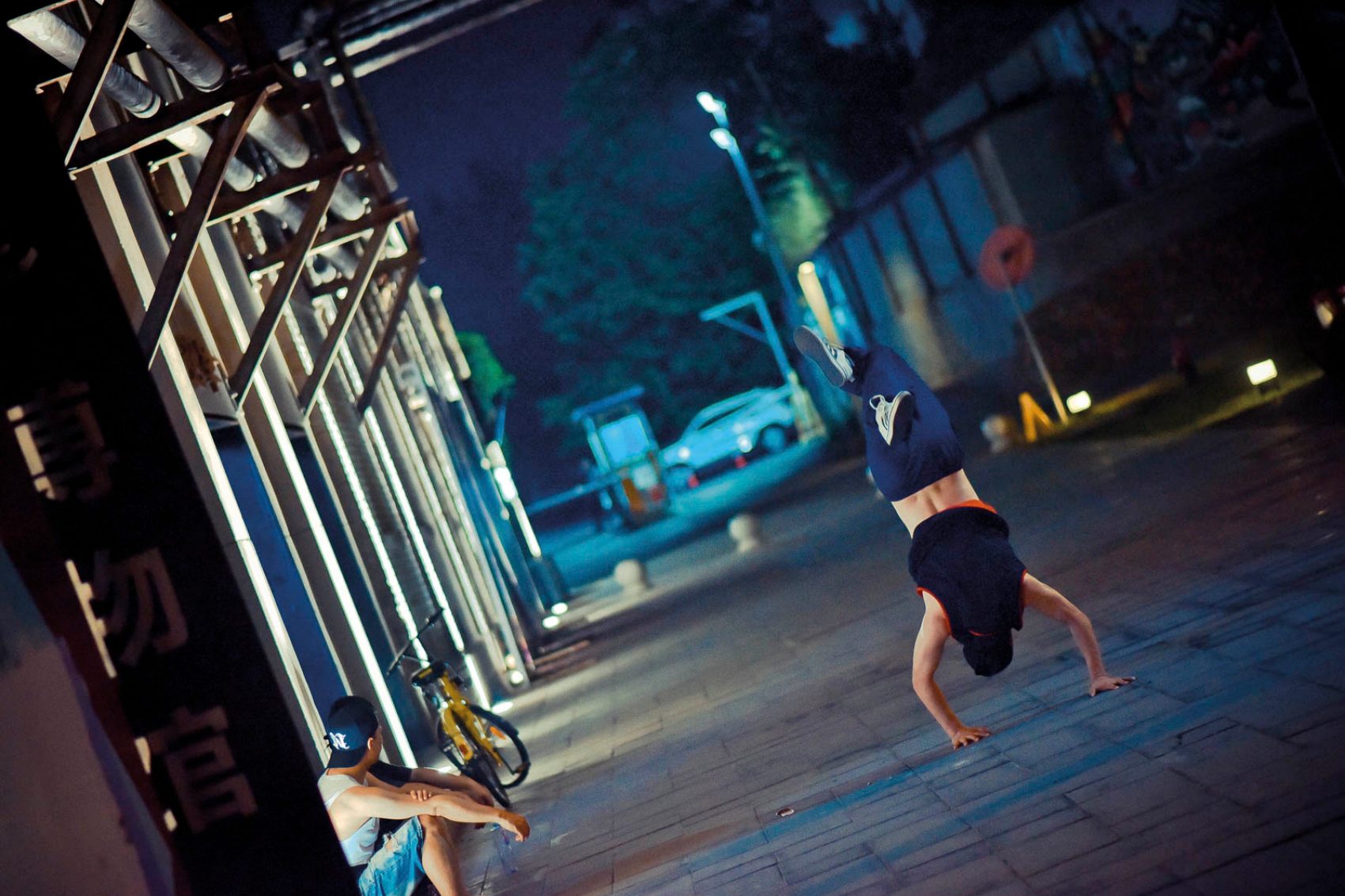
"Through social media, people can now have access to more indie music, and there’s much greater potential to get more listeners than before," says Rockie, a band manager who also oversees one of the performing spaces in the Livehouse. "Numerous young bands have burst onto the scene. They mostly write their own music as well, and with a lot of variation." This is especially evident near the South Gate, where after 10pm on weekends street musicians congregate to show off their skills, uploading their performances on Douyin while they’re at it.
You can feel an excitement in the air about Xi’an’s future. "Even though Xi’an is old, I think of this city as more of a teenager," says Spring Jie, who runs the Lv Lv Store café in Dahua 1935, providing free ice cream and coffee in exchange for old toys and clothes for the underprivileged. "This city is hopeful, hot-blooded and full of energy. Age is just a number, right?"
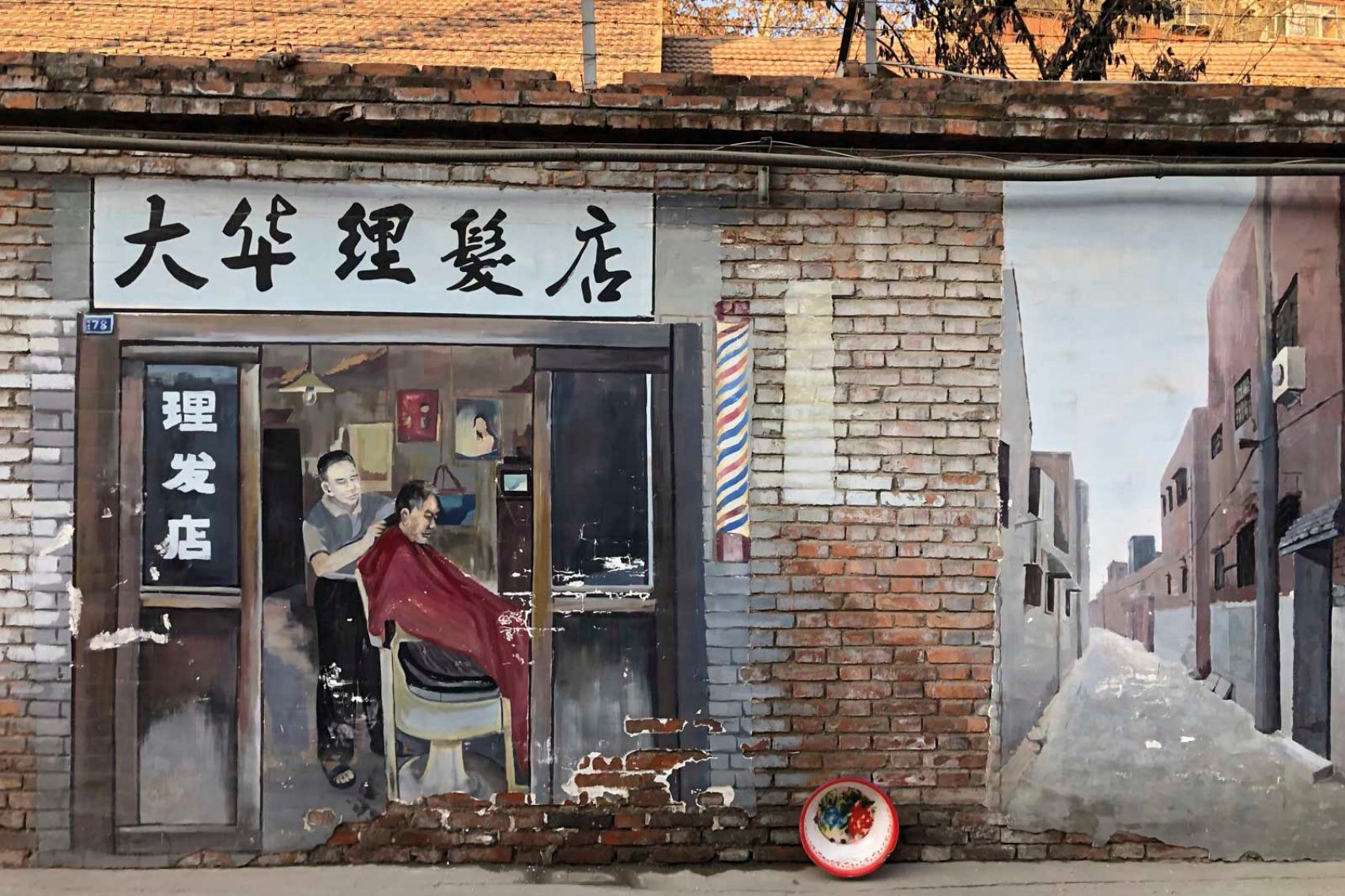
Don’t miss these spots in Xi’an
Stay: Grand Hyatt Xi’an
Opened last year, this 396-room hotel boasts opulent decor inspired by wildlife, and striking architecture. A Sky Bridge connecting it to an adjacent building is a prime spot to take in unobstructed views of the city, while its five restaurants provide cuisine ranging from Chinese to Italian. Other amenities include a spa, heated indoor swimming pool and 24-hour gym.
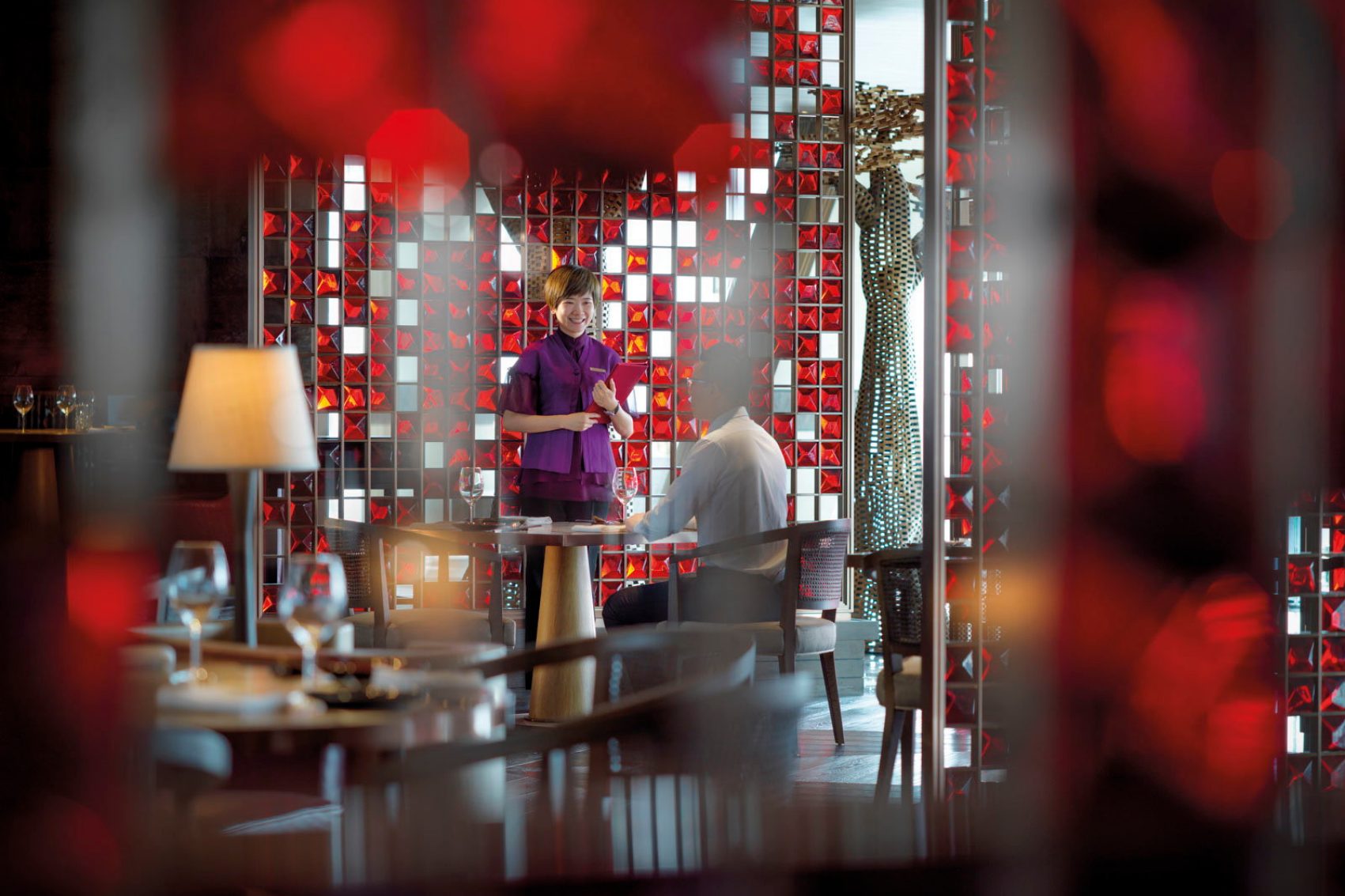
Credit: Jonathan Leijonhufvud
Eat: STA Food
Step into this ultra-hip noodle haunt decked in movie posters, action hero figurines and inflatable airships hanging from the ceiling, and slurp up traditional Xi’an noodles topped with vegetables, beef, squid balls, prawns and more.
Defuxiang Alley, Beilin district
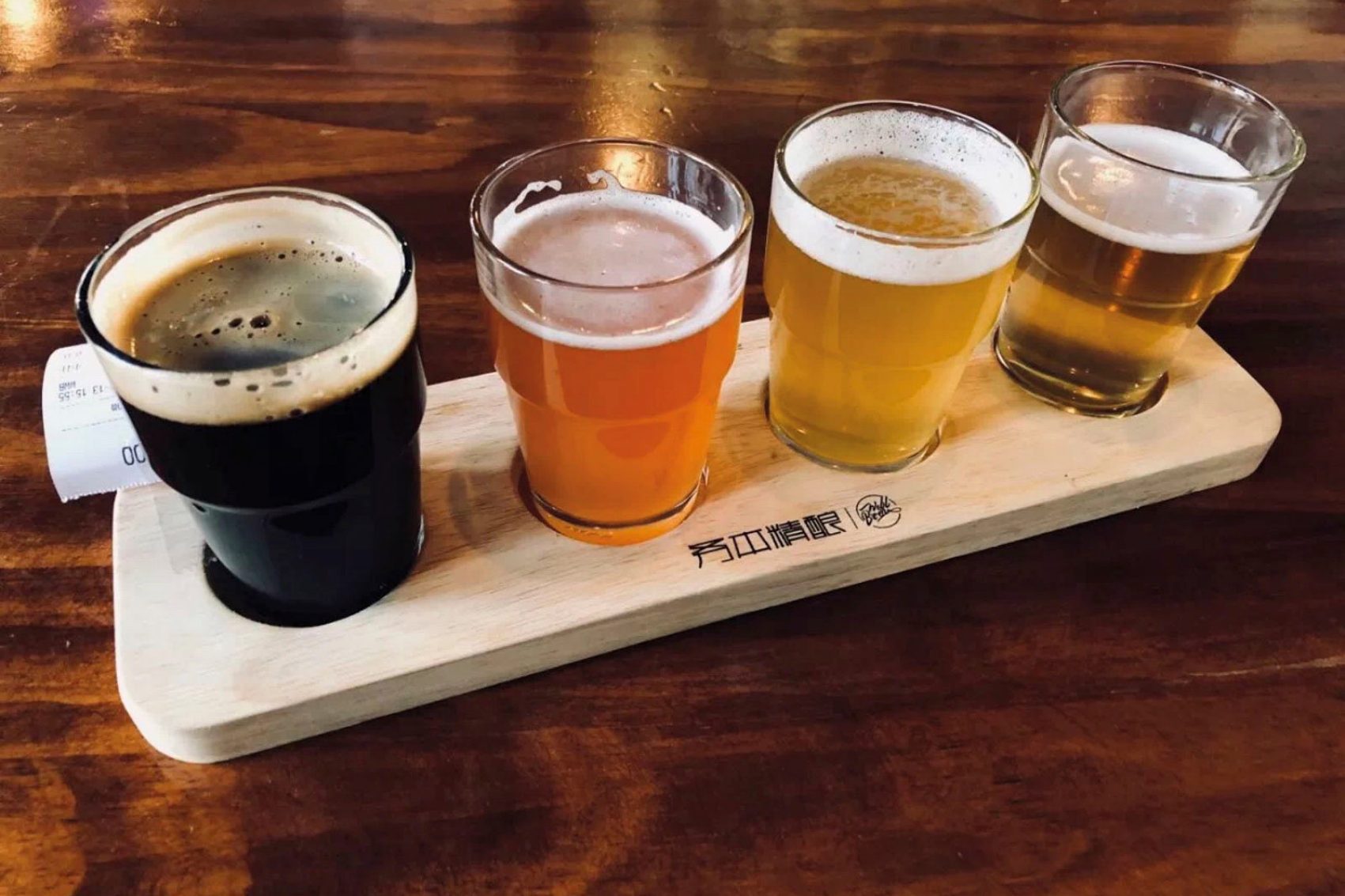
Drink: Wuben Taproom
This stylish hangout is a cafe during the day, brewing the best coffee Xi’an has to offer and transforming into a speakeasy at night, providing craft beer from all over the world.
B1 West, W Five Park, 333 Chidong Road

Visit: Dahua 1935
This former textile mill is home to restaurants, coffee shops, museum, theatre spaces and Xi’an’s hottest nightclub, 15cm. Acoustic music plays every day outside the Lv Lv Store cafe, a top draw among aspiring musicians and music lovers.
251 Taihuanan Road
This story was originally published in March 2019 and updated in September 2020.
More inspiration
Xi'an travel information
- China – the Chinese Mainland, Hong Kong SAR, Macao SAR and Taiwan Region
- Hong Kong SAR - English
- Chinese Mainland (China) - English
- Taiwan China - English
- 香港特別行政區 - 繁體中文
- 中国內地 - 简体中文
- 中國台灣 - 繁體中文
- Africa
- South Africa - English
- Asia
- Bangladesh - English
- Korea - English
- Singapore - English
- Cambodia - English
- 한국 - 한국어
- Sri Lanka - English
- India - English
- Malaysia - English
- Thailand - English
- Indonesia - English
- Maldives - English
- ประเทศไทย - ภาษาไทย
- Indonesia - Bahasa Indonesia
- Myanmar - English
- Vietnam - English
- Japan - English
- Nepal - English
- Việt Nam - tiếng Việt
- 日本 - 日本語
- Philippines - English
- Australasia
- Australia - English
- New Zealand - English




.renditionimage.450.450.jpg)


